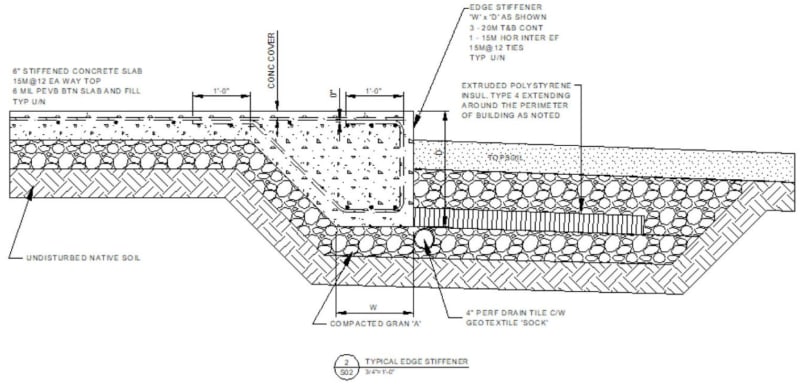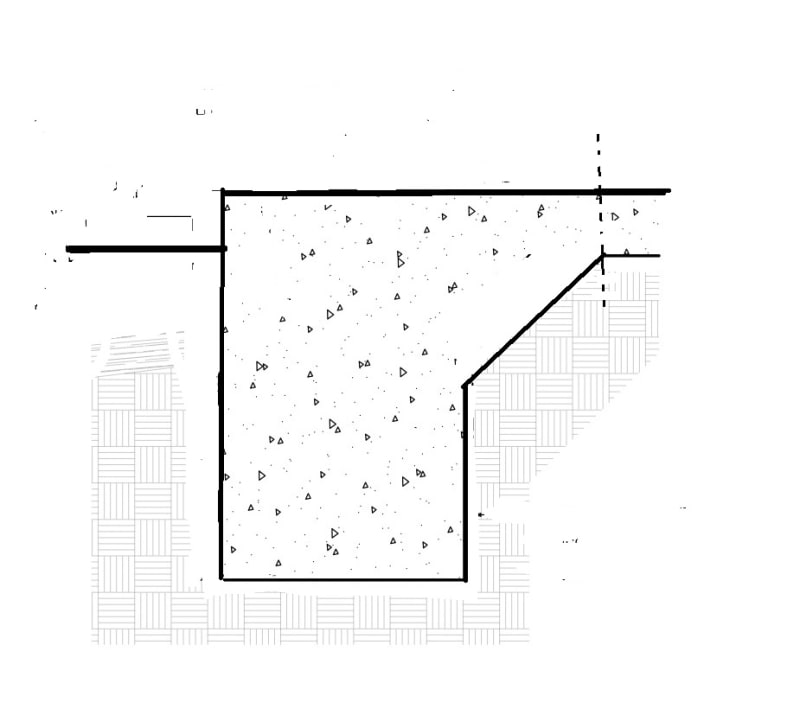karp2005gmail.com
Structural
- May 18, 2022
- 7
I'm building foundation for steel barn, manufacturer recommended slab with piers for columns. Contractor asking to pour in 2 pours since edge of slab should go 42 in deep till frostline. I have attached a and b (his recommendation how to separate).


I think both of this options should be fine. But I personally will do option c: combination of a and b: extend piers only till finished slab level (only pier portion size where baseplates located, 12x12in, so piers for columns will have no cold joint and still be strong enough for column forces, then just put slab like (A) on top of the trench wall. What do you think?


I think both of this options should be fine. But I personally will do option c: combination of a and b: extend piers only till finished slab level (only pier portion size where baseplates located, 12x12in, so piers for columns will have no cold joint and still be strong enough for column forces, then just put slab like (A) on top of the trench wall. What do you think?



![[ponder] [ponder] [ponder]](/data/assets/smilies/ponder.gif)